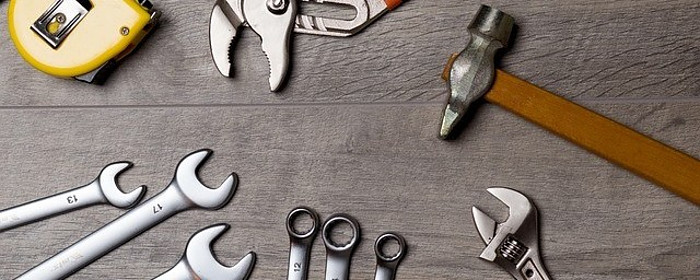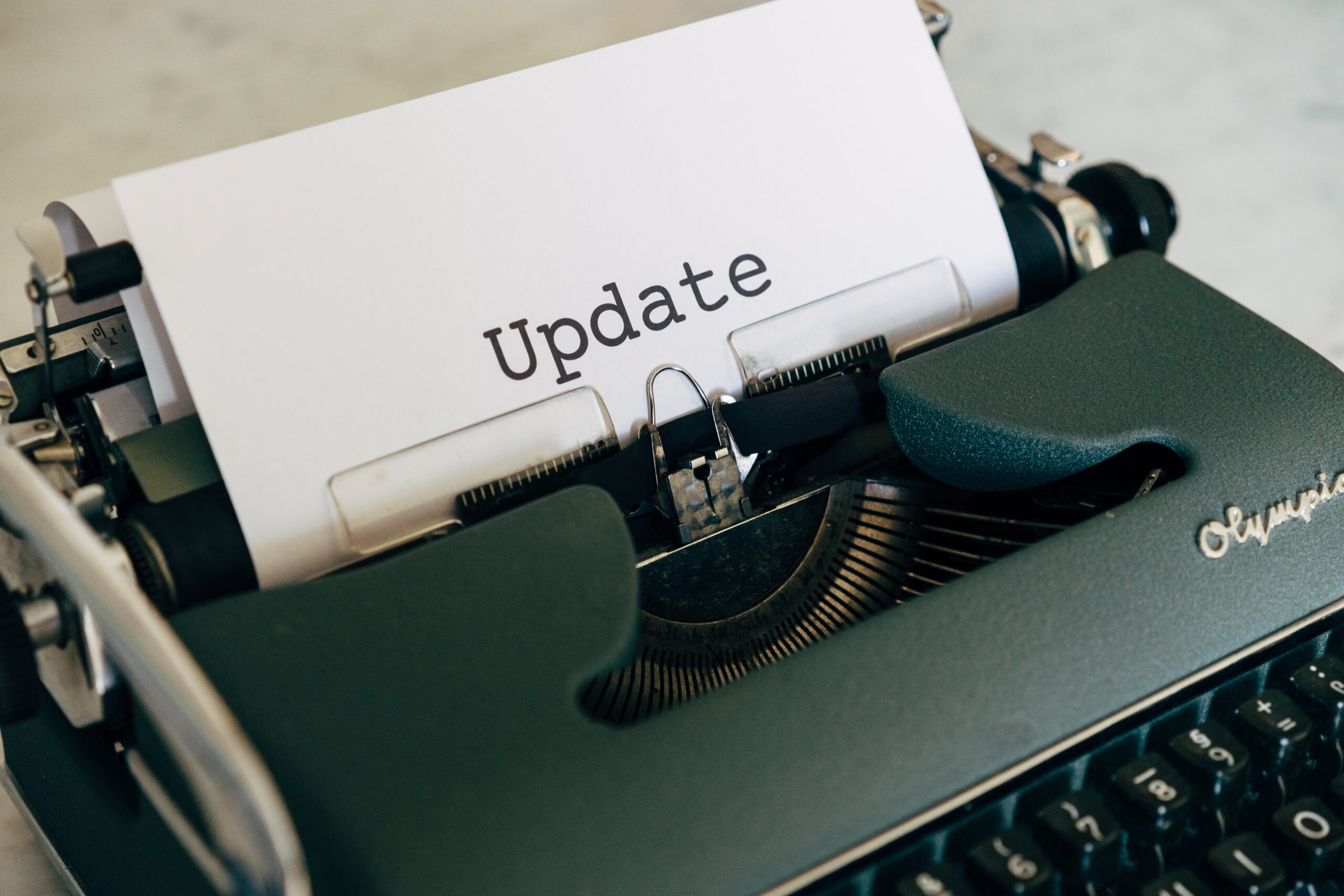
Welcome back to my tutorial on how to use the Procreate App. We are almost done! Today I’ll be going through the Adjustment tools. In the next tutorial, I’ll be going through the Actions tools and we will be done with the basics of using the Procreate App. By then, you should be able to create amazing artworks and edit them with the help of all the functionalities provided in the app. Afterwards. I’ll be going in depth on some more complicated tools that are for people who want to get more advanced in using the application and further modify their artwork.
In the actions interface, there are 7 types of filters: opacity, gaussian blur, motion blur, perspective blur, sharpen, noise and liquify. There are also 4 types of adjustments: hue, saturation, brightness, Color balance, curves and recolour.
Using the Adjustment Tool
Tap on the adjustment icon to open a list of options. Simply tap on an option to open its interface and proceed with your desired adjustments. All of the functions contain sub-functions like undo, redo and cancel. Some have a preview option for you to look at the difference before and after an adjustment before committing to the change, you can see them at the bottom of your canvas. The redo, undo gestures work on adjustment actions too.
When you are happy with your adjustments, get out of the interface by tapping on the adjustment icon again or on any of the other icons in the top icons menu.

Filters
Opacity
Changes the opacity of the selected layer. Good for producing a transparency effect.
When activated, a bar will show up just below the top icons menu. It will show the percentage of opacity of your selected layer. Use a finger to slide left and right.
Shortcut gestures: open the layers interface by tapping on the layers icon and tap the layer you wish to Change the opacity of with 2 fingers, you will then be in the opacity setting interface.
Gaussian Blur
Changes the sharpness of a layer by blurring it. Good for smoothing or creating depth.
Same as the opacity function, a bar will show up just below the top icons menu showing you the percentage of blurring you’re on. Slide a finger left or right on the canvas to adjust the percentage of blurriness.
Motion Blur
Motion blur is similar to Gaussian blur, it blurs a layer, but in a particular direction. It’s the kind of blur you get when taking a photo of the scenery outside the windows on a fast moving car or train.
A bar will show up just below the top icons menu showing you the percentage of blur you’re on. It can be used to add movement in your artwork.
Slide your finger left or right to adjust the intensity of the blur and move it up and down to adjust the direction of the blur.
Perspective blur
Similar to the other blur options. A bar will show up just below the top icons menu showing you the percentage of blur you’re on. Slide left or right to control the percentage of blurriness.
There are two types of perspective blur: positional and directional
Positional Blur
A dark disc will show up on the canvas, it will be the vanishing point, the blur will be in that direction. Drag it around with a finger to your desired location.
Directional Blur
You will also see a dark disc representing the vanishing point. There will be another arrow inside the disc where you can focus the blur on sections of your artwork that’s in the direction of the arrow.
Sharpen
Sharpens a layer for a more focused look.
A bar just below the icons menu at the top shows you the percentage of sharpness you’re on.
Slide your fingers left or right to adjust the percentage of sharpness.
Noise
Adds noise in a layer. Random coloured pixels will be added to the layer. This will make the layer look grainy or noisy.
A bar will show up just below the icons menu showing you the percentage of noise you’re on.
Slide your finger left or right on the canvas to adjust the percentage.
Liquify
When the liquify option is activated, you will be able to see quite a few options at the bottom of the canvas. The first row shows the different ways you can liquify a layer. The sliders below them are to adjust the properties of the liquify options.
There are a few different ways for you to liquify your layers: push, twirl left, twirl right, pinch, expand, crystallise, edge, reconstruct and adjust. You can drag or hold them when using the liquify options.
The sliders below the liquify functions control the size, pressure, distortion and momentum of the liquify effects.

Adjustments
Hue, saturation, brightness
3 sliders will show up and allow you to adjust the hue, saturation and brightness of the layer or selection individually.
Colour balance
3 sliders will show up and let you adjust the overall colour of your layer/selection. This will help you quickly change the mood of the artwork.
There are also options on the right side of the sliders that allows you to change the Color balance of sections with similar values: highlights, mid-tones and shadows.
Highlights: the light values on your layer
Midtones: the middle values on your layer
Shadows: the dark values on your layer
Curves
The curves tool may be a little complicated for beginners in digital painting. It is a very useful tool in change colour and values at the same time. I won’t be going into details on how to use this function as I will dedicate a whole post in the future on this function.
Recolour
This function allows you to change the colour of a certain area.
A cross will show up on the middle of the canvas which you can then drag to an area on your artwork where the colour you want to change. Select the colour you want to change into the colour icon on the right of the icons menu. Then you can adjust the threshold of the recolouring by sliding left or right on the flood slide bar at the bottom of the canvas. The higher the percentage of flood, the more area of your artwork will be recoloured.
Conclusion
So these are some ways you can quickly make adjustments to your artwork to give them a more dynamic look and feel, add movements and quickly change colour themes. Try them out for yourselves and bring your digital artwork to a higher level with these helpful tools.
I hope you’ve learnt something new from this post.
Try out the Apple Pencil to bring your creative process to the next level on the Procreate App!
These artist gloves for digital painting are a must for me when I paint on the iPad, when I don’t wear the gloves, sometimes the Procreate app sense my palm resting on the screen as 2 fingers tapping and holding and start undoing! Or sometimes it starts colour picking. I’ve tried the different palm support options but I still get the problem sometimes. If you’re having these kinds of problems as well, the gloves may be your solution, it makes you feel and look more professional too!
You may also be interested in:




